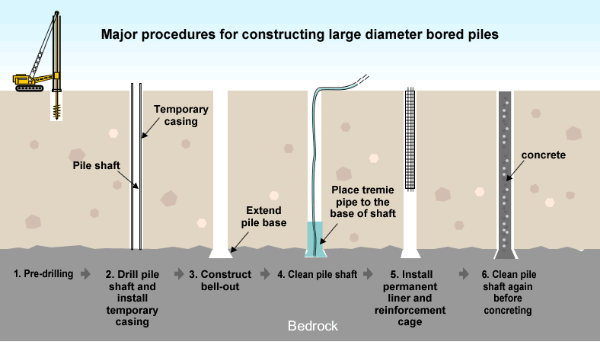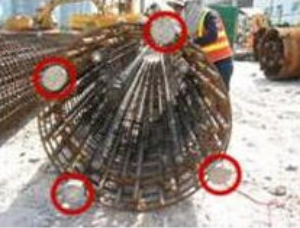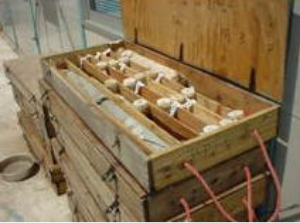Yuen Chau Kok Development Project
The Yuen Chau Kok site had been formed in the early 1980s by reclaiming an area of foreshore in Sha Tin valley in the eastern New Territories. The site development blueprint called for the construction of two 41-storey buildings, three 33-storey buildings and one 4-storey facilities complex with a car park.

The Yuen Chau Kok development project was undertaken by the Housing Department (HD), the executive arm of the Housing Authority (HA).
On 17 October 1997, HD invited 27 contractors from their approved contractor list to submit tenders for the necessary piling works. This was a design-and-build project, meaning that the contractor winning the bid would be required to design and recommend piling methods in accordance with contract specifications as well as carrying out the piling works.
Zen Pacific Civil Contractors Ltd (“Zen Pacific”) was the successful bidder for the piling works of all five buildings. Its bid, the lowest of all that were submitted, amounted to $63M. This might have seemed low, considering that Zen Pacific had proposed using large diameter bored piles for all the buildings — known to be a relatively costly method. However, an analysis carried out by the quantity surveyor appointed by HD showed that the quantity of steel that Zen Pacific were proposing to use for reinforcement was somewhat less than might have been expected. It was also noted that more construction machinery was available in the market now that the construction of Hong Kong International Airport had reached its final phase, and that this might have contributed to the low bid price. So, low though it was, the bid did not arouse real concern.
Zen Pacific was a known experienced construction industry contractor. It had previously operated under another name and title, being renamed Zen Pacific Civil Contractors Ltd only in April 1997, and the present piling contract was the first that the company had ever signed with HA.


